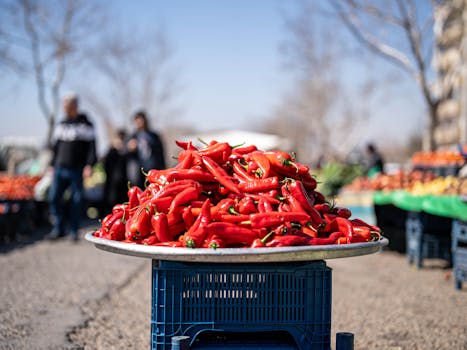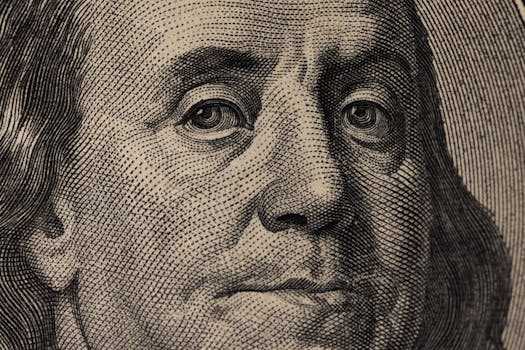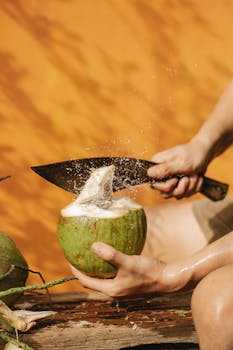
**
Is Keurig Dr Pepper (KDP) Undervalued? A Deep Dive into Stock Valuation and Future Prospects
Keurig Dr Pepper (KDP), a beverage giant boasting a portfolio of iconic brands, has seen its stock price fluctuate. Investors are questioning: Is KDP trading at a discount, presenting a compelling buy opportunity? This in-depth analysis explores KDP's current valuation, considering its financial performance, market position, and future growth potential to determine if the stock is indeed undervalued. We'll examine key financial metrics, competitive landscape, and emerging trends impacting the beverage industry to provide a comprehensive assessment.
KDP Stock Performance and Valuation Metrics
Understanding Keurig Dr Pepper's current market position requires a close look at its key financial metrics. Analyzing data like the price-to-earnings ratio (P/E ratio), price-to-sales ratio (P/S ratio), and dividend yield can provide crucial insights into its valuation relative to its peers and historical performance. Let's delve into some of the key figures:
- P/E Ratio: The P/E ratio compares a company's stock price to its earnings per share. A lower P/E ratio generally suggests a cheaper valuation. Comparing KDP's P/E ratio to its competitors and historical averages is essential to determine if it's trading at a discount.
- P/S Ratio: The P/S ratio, calculated by dividing the market capitalization by revenue, provides another perspective on valuation. A lower P/S ratio might indicate undervaluation, especially if revenue growth is strong.
- Dividend Yield: KDP is known for its dividend payouts. Analyzing its dividend yield in comparison to similar companies helps determine its attractiveness to income-seeking investors. A higher yield could signal a potential undervaluation if the payout is sustainable.
- Free Cash Flow (FCF): Analyzing KDP's free cash flow is crucial for assessing its ability to generate cash for investments, dividends, and debt reduction. Strong FCF often signifies a healthy financial position.
- Debt-to-Equity Ratio: Understanding KDP's leverage is also crucial. A high debt-to-equity ratio could indicate financial risk, potentially influencing its valuation.
Analyzing KDP's Financial Health: A Deeper Look
Beyond the basic valuation ratios, investors should look at other key factors:
- Revenue Growth: Consistent and sustainable revenue growth is a critical indicator of a company's health and future prospects. Analyzing KDP's historical and projected revenue growth is vital.
- Profit Margins: Assessing KDP's gross and operating profit margins helps understand its pricing power and efficiency in managing costs. Improving margins usually indicate a stronger financial position.
- Market Share: KDP's market share in the beverage industry indicates its competitive strength. Maintaining or increasing market share is critical for long-term success.
Competitive Landscape and Industry Trends
The beverage industry is fiercely competitive. Analyzing KDP's competitive position is crucial to understanding its valuation. Key aspects to consider include:
- Competition from PepsiCo and Coca-Cola: KDP faces stiff competition from beverage giants like PepsiCo and Coca-Cola. Analyzing their market strategies and relative strengths and weaknesses is essential.
- Growth of the Ready-to-Drink (RTD) Market: The RTD market, encompassing categories like tea and coffee, is experiencing rapid growth. KDP's position in this market is a key factor in its valuation.
- Consumer Preferences and Health Trends: Shifting consumer preferences towards healthier beverages and sustainability are impacting the industry. KDP's adaptability to these trends will influence its future performance.
- Supply Chain Challenges: Global supply chain disruptions can affect production costs and availability, impacting profitability and valuation.
Future Growth Potential and Emerging Opportunities
To determine if KDP is undervalued, we must consider its potential for future growth. Several factors could impact its growth trajectory:
- Product Innovation: Launching new products and expanding existing lines can drive sales growth. KDP's ability to innovate will be key.
- Strategic Acquisitions: Acquiring smaller beverage companies can expand KDP's portfolio and market reach. A well-executed acquisition strategy could boost its valuation.
- International Expansion: Expanding into new international markets presents a significant opportunity for growth. Successfully navigating international markets requires careful strategic planning.
- Digital Marketing and E-commerce: Effectively leveraging digital marketing and e-commerce strategies will be crucial for reaching wider consumer segments.
Conclusion: Is KDP a Buy?
Determining whether Keurig Dr Pepper is truly undervalued requires a comprehensive analysis of its financial performance, market position, and future growth prospects. While the company enjoys strong brands and a solid market position, potential challenges exist in the form of intense competition and evolving consumer preferences. Investors should carefully weigh the positive and negative factors before making investment decisions. Analyzing KDP's key financial ratios in conjunction with an assessment of its competitive landscape and growth potential offers a clearer picture of whether the current stock price reflects its intrinsic value. It's always recommended to consult with a qualified financial advisor before making any investment decisions. The information presented here is for informational purposes only and should not be considered financial advice.




















